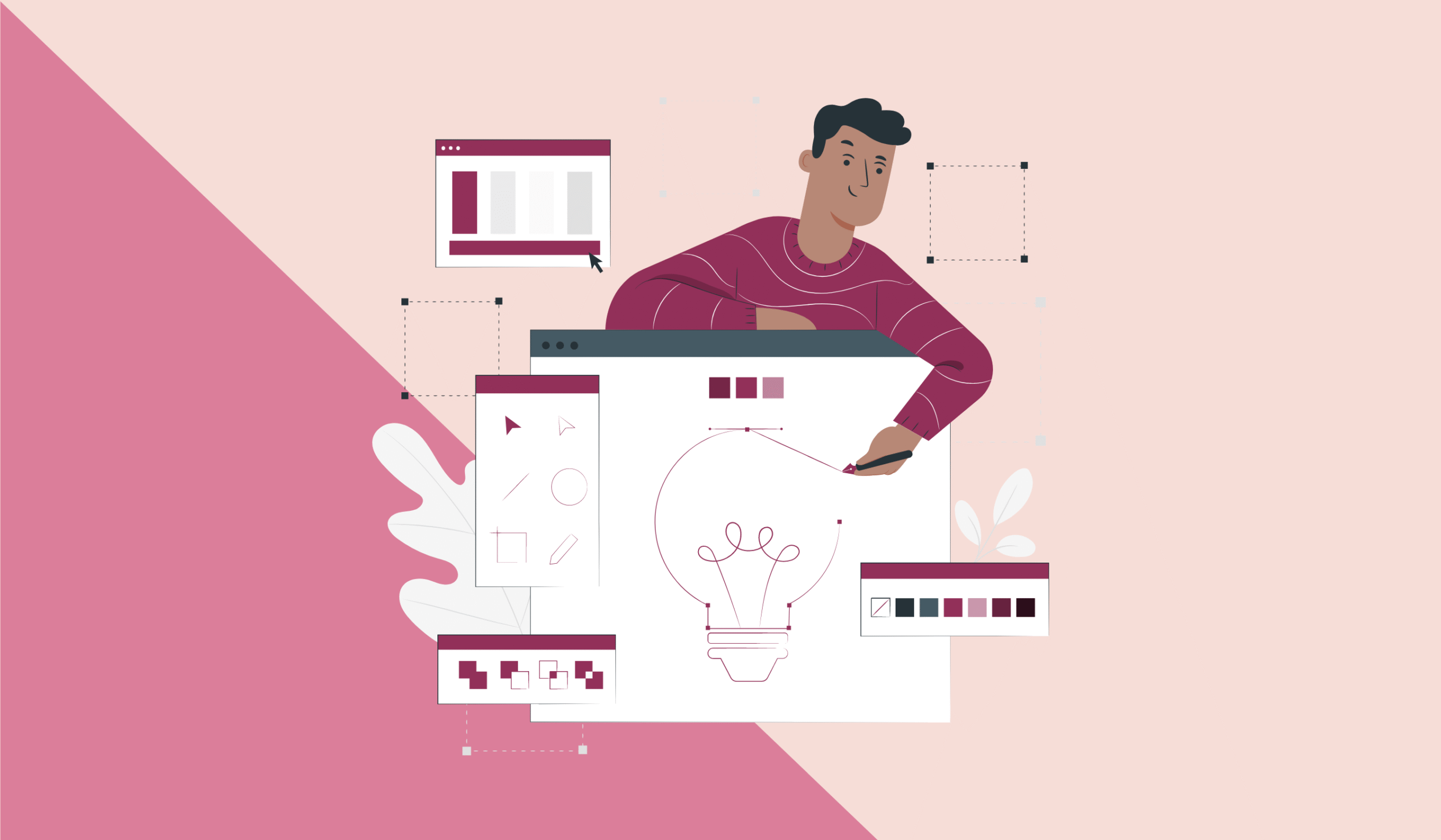Mark Robbins didn’t set out to change the email marketing world. He simply wanted to test the boundaries of what email could do. Years later, those boundaries are still expanding.
“With email, there’s so much opportunity,” Robbins says. “While the rest of the web has evolved, email has remained mostly unchanged. But now, through testing, we’re finding new possibilities and rewriting the standards as we go.”
Based in Brighton, England, Robbins works as an experimental email developer for New York-based Rebelmail. His global speaking engagements focus on one key challenge: proving wrong the belief that certain things “can’t be done” in email.
“When I started coding emails, people kept telling me what wasn’t possible—no list items, no background images,” he recalls. “But through experimentation, I discovered that nearly everything is possible with the right approach.”
Robbins and his team at Rebelmail now design highly interactive emails that push boundaries—like building a stripped-down version of the classic 3D shooter Wolfenstein right inside an inbox.
Return to Castle Wolfenstein
Games were Robbins’ first passion. “Games are puzzles with flair,” he says. “My first email game was Whack-a-Mole, but building Wolfenstein 3D, even in a limited format, pushed me to think smarter.”
To ensure emails work across all platforms, Rebelmail develops “fallbacks”—versions that display correctly even when interactivity is not supported. These fallbacks ensure their designs degrade gracefully on email clients like Outlook or older Android systems.
Modern clients like Apple Mail, iOS, and newer Android versions support full interactivity, and that’s where Rebelmail begins its design process—starting with the best-case scenario and building down from there.
Fewer Clicks, Happier Customers
Are all emails interactive? Technically, yes—but Robbins defines true interactivity as actions that take place within the email itself, such as hover effects, image galleries, or embedded review forms.
While static emails direct users to external landing pages, interactive emails allow them to take action without leaving the inbox. This reduces friction, shortens the user journey, and leads to higher engagement.
“The goal is to bring the landing page into the inbox,” Robbins explains. “Every extra click is a drop-off opportunity. Reducing clicks makes the experience faster and smoother.”
In practice, this leads to measurable results. When one client embedded a product review form directly in the email, review conversions doubled.
I See What You Did There
Interactive emails also unlock powerful analytics. When users engage directly within the email, marketers can track detailed behavior—such as selecting a shirt color or size—and use that data to refine future campaigns.
Even with three different versions—fully interactive, limited, and static—Rebelmail uses A/B testing to identify what works best. Sometimes, combining elements from multiple tests leads to a third, even stronger version.
“Testing is essential,” Robbins says. “Especially live testing across clients to ensure the interactive functionality performs as expected. And it always comes back to your goal. What are you trying to achieve, and does interactivity support that purpose?”
3 Reasons to Use Interactive Email Instead of Apps
1. Apps Are Losing Popularity
Downloading and installing an app is a commitment that many users are no longer willing to make. The average number of monthly app uses has dropped to just 21. Unless your app is uniquely compelling, it’s likely to get lost in a crowded market.
2. Apps Require More Effort
Launching and learning a new app involves multiple steps. For marketers, interactive email offers a streamlined alternative—delivering the functionality directly to the inbox with no extra effort required from the user.
3. It’s Just as Effective on Mobile
Interactive emails work exceptionally well on mobile devices. They have a smaller data footprint and offer a personalized experience. And because modern mobile email clients support advanced functions, users enjoy seamless interactivity without needing an app.




